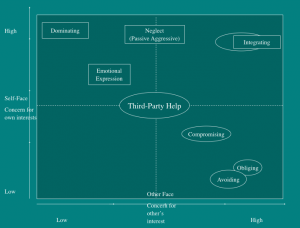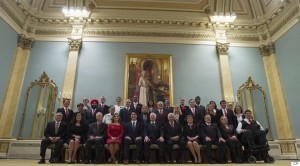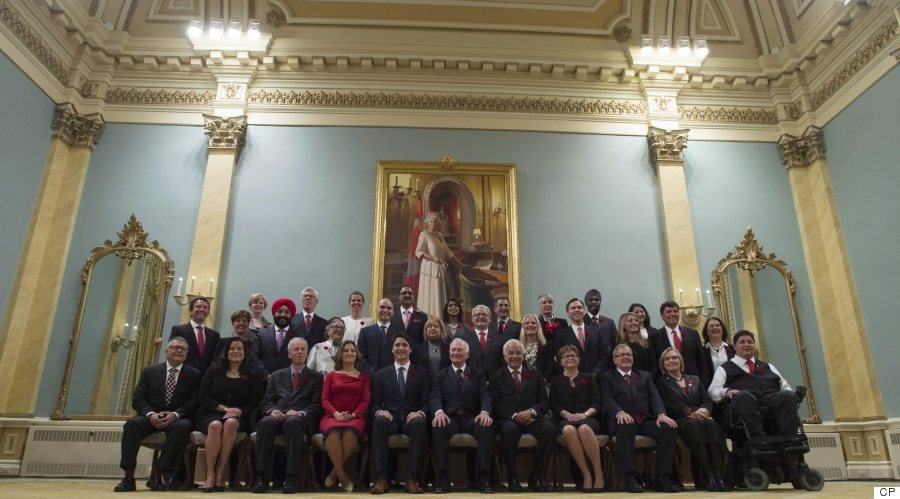
Tonight my intercultural communication class is taking on the topic of conflict and group dynamics in situations where there are a mix of cultural backgrounds. The installation of the new Canadian government, with its new makeup of gender balance, Francophone/Anglophone, First Nations, Afghani, Sikh cultural backgrounds (and more), got me thinking about what the cabinet might need to know about intercultural group dynamics.
The upside of a culturally diverse decision making group? BETTER DECISIONS.
The downside? A struggle to maintain good interpersonal relationships.
What should the cabinet do about it? Pay attention to building good RELATIONSHIPS with every meeting and through every decision.
How is this done when there are a variety of value hierarchies, worldviews, and communication expectations? Yes, communication is the key. Here are a few tips from researcher Stella Ting-Toomey, John Oetzel, and myself.
Knowledge: develop an in-depth understanding of important intercultural communication concepts (and understand our self first)
Check yourself: double-check our own assumptions and reactive emotions that we bring to a group situation
Mindfulness: Be a mindful interpreter of intercultural conflict (i.e. an opportunity not a dread)
Re-frame: create alternative contexts to frame your understanding of another person’s communication behaviours
Validate identity of other team members: Speak in ways that honour another person’s expectations for proper ways to discuss and make decisions
Manage facework: use communication strategies that validate other party’s social self-esteem and social self-worth.
Power balancing: Concentrate on empowering members who have historically had little or no access to voice
Use collaborative consultation: use process that recognizes that diversity in decision-making results in a higher quality decision
Build new communication structures: Don’t do something just because that is the way it was always done. Maybe try a talking circle instead of Roberts Rules of Order.
Adaptability: Don’t be prescriptive in the systems used for making decisions. If something isn’t working, go at it a different way.
RELATIONSHIP: At every step, meeting, and decision point ask “What have we done that enhanced or inhibited relationship building?”

All the best to you Prime Minister Trudeau and your new cabinet.
For further reading check out the following resources.
*********************************************
Reading List
Domenici, K. & Littlejohn, S.W, (2006). Facework: Bridging practice and theory. Thousand Oaks, Sage.
Lederach, J. P. (2003). The little book of conflict transformation. Intercourse, PS: Good Books.
Ting-Toomey, S. and Oetzel, J. G. (2001). Managing intercultural conflict effectively. Thousand Oaks, CA: Sage.
*****************************
Dr. Marcella LaFever (University of New Mexico, 2005) is an Associate Professor in the Communications Department at the University of the Fraser Valley. She specializes in intercultural communication and brings that expertise to various subjects such as communication for workplace, instruction, social media, team and public speaking contexts.


What a great way to bring current affairs into the classroom! Thanks for posting, Marcella!